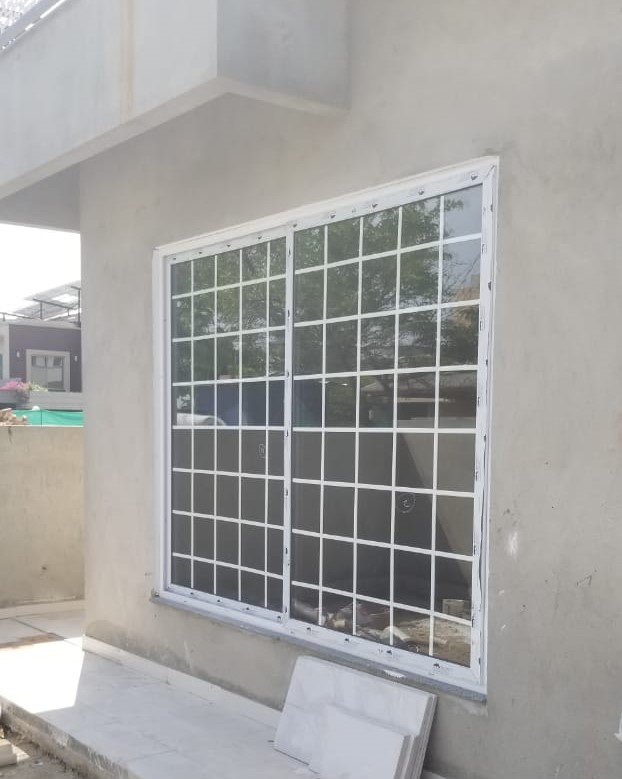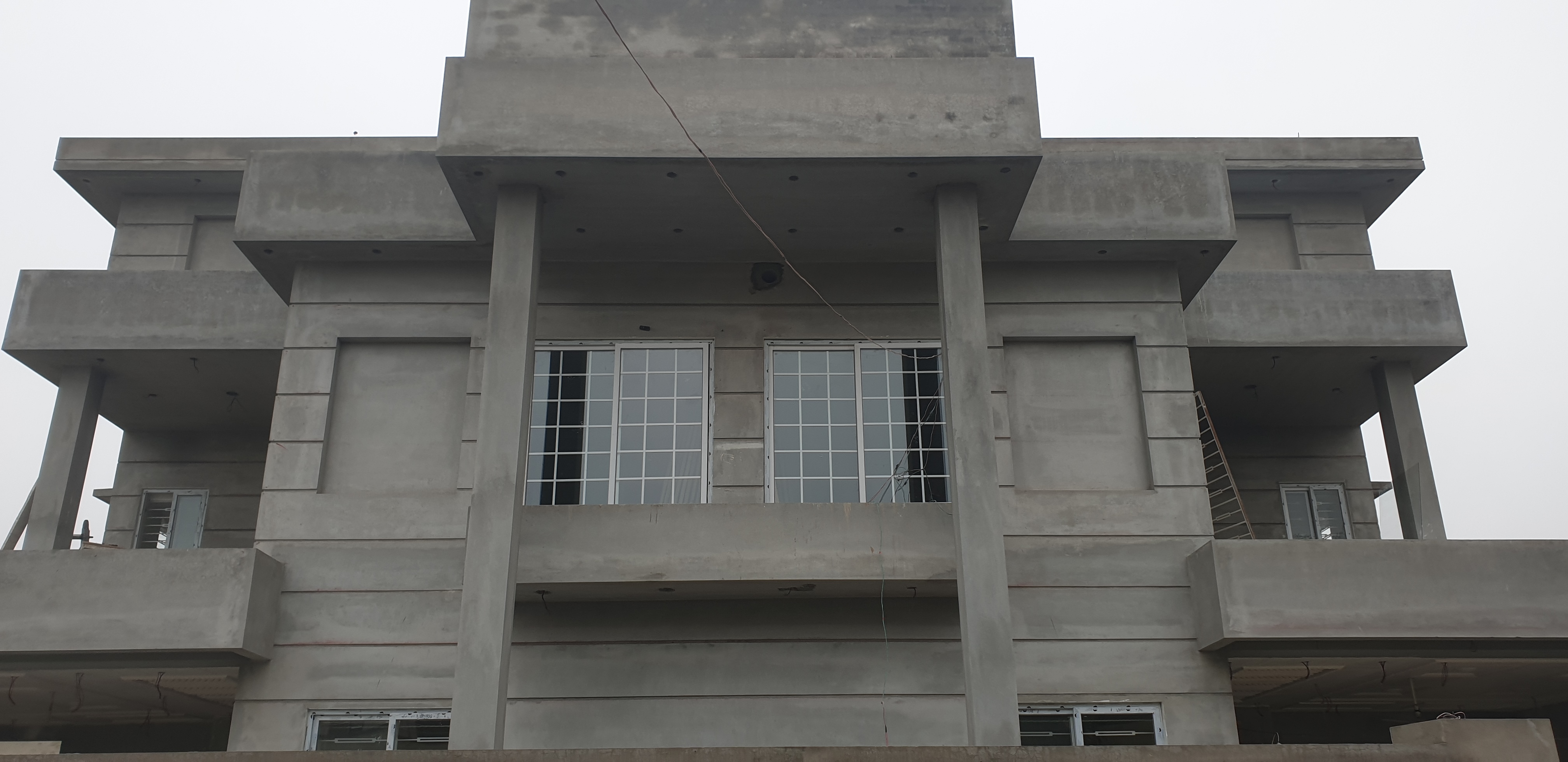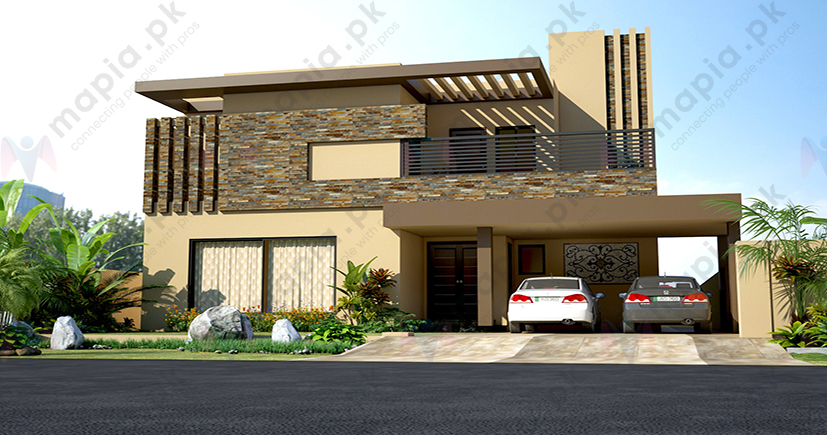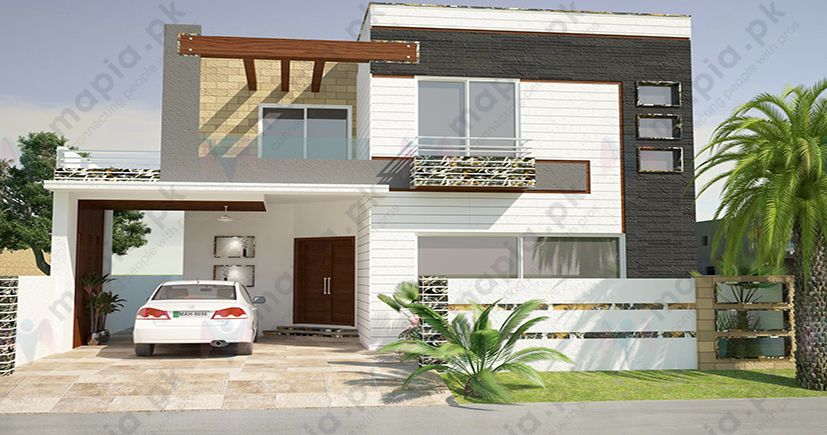Architectural and Engineering Glossary
T
1.See blistering,1.2.In plastering,a localized condition of checking,3.
One of the five Classical orders;a simplified version of the Roman Doric order to which it is similar,but has fewer and bolder moldings,unfluted columns,a plain frieze,and no triglyphs;its only decorative details are moldings.
A term descriptive of late 17-century architecture that emulates and borrows features from the Tuscan order.
A style somewhat similar to that of villas in the Italianate style, boxlike in shape but having a symmetrical plan rather than an asymmetrical plan and a flat roof;frequently a square belvedere at the center of the roof;windows often round-headed.
1.A beveled shoulder on a tenon to provide additional strength,the mortise being cut correspondingly.2.A stone or brick in toothing.
See toenailing.
Premium Product & Services
Best products and services from our partners
A tenon strengthened by having one or more steps on its lower side;the shoulder above may be beveled.
See pane.
An opening having two archways which are side-by-side.
Same as double-sized brick.
A cable consisting of two individually insulated electric conductors,laid parallel;either bound together in a common outer protective covering or attached to each other by insulation.Also see duplex cable.
An incandescent lamp with two filaments that are wired independently.
Two reinforcement bars having the same nominal diameter,twisted together.
A common Norman molding consisting of a half round entwined by a stylized tendril.
A warped board in which the four corners of one face are not in the same plane;a spiral distortion.
A drill,with one or more helical cutting grooves;used for drilling holes in metal,wood, etc.
See wreathed column.
Same as interlocked grain.
Two insulated electrical conductors,twisted together without a common covering.
A two-story house in which the loft space between the ceiling of the second floor and the roof above is provided with natural light and ventilation either by dormers and/or by windows in the gable end walls.
A Cape Cod house having a façade with two windows on each side of the front door;also called a full Cape house.
A piece of timber,nominally 2 in. (5 cm) thick by 4 in. (10 cm) wide,but actually 15⁄8 in. by 35⁄8 in.(4.13 cm by 9.21 cm).
A pointed arch whose inner surface is struck from two centers; the shape of the arch is determined by the position of the centers of curvature and radii of curvature of the two arcs of circles that are joined;also see equilateral arch.
In plastering,the application of a first coat (the base coat) followed by a second (the finish coat).
A two story house having two separate living quarters,with a separate entrance for each.
An arch with hinges at the supports at both ends.
1.A window with two panes.2.A window which is two panes high or two panes wide.3.A gemel window.
Descriptive of a double hung window having two panes in the upper sash and two panes in the lower sash;see pane.
An adhesive that requires the addition of an accelerator to the resin,in order to set,e.g.,see epoxy.
A type of door latching device;sometimes used where it is necessary to lock the inactive leaf of a pair of doors at top and bottom.
Same as swinging scaffold.
Concrete that is poured at two different times;compare with monolithic pour system.
A relatively common floor plan for a simple two-room dwelling in colonial architecture of New England,the mid-Atlantic area,and the South.This plan has many variations but usually consists of an all-purpose main room (the hall) and an adjacent room (the parlor) containing the best furniture and a bed for the parents.Also see hall-and-parlor plan.
A process in which concrete products are cured in low pressure steam,stacked,and then autoclaved.See cure;auto clave.
A two story porch,each of which is virtually identical.
Said of a drapery that parts in the middle and can be drawn to each side.
Floor or roof construction in which two mutually perpendicuar systems of parallel beams,in a horizontal plane,are used to support the floor or roof.
arranged in a grid pattern,so that the sets of bars are at right angles to each other.
1.A concrete floor slab in which the main reinforcement runs in two directions.2.A rectangular,reinforced concrete slab having a span on the long side that is less than twice the span on the short side.
A footing in which the reinforcement runs in two directions,usually perpendicular to each other.
1.The triangular or segmental space enclosed between the horizontal cornice of a pediment and the underside of the raking or curved cornice above;sometimes decorated with decorative elements,sculpture,or a window.2. Any space similarly marked off or bounded,as between the lintel of a door and the arch above.
On drawings,abbr.for “typical.”
A copper tubing which has thinner walls than other types of copper tubing;used primarily for drainage,waste,and vent lines.
A fuse contained in a small glass or ceramic housing,which can be screwed into a screw-shell socket;it has a window for observing whether the fuse has been “blown”;available in three,noninterchangeable sizes(15, 20, and 30amperes).
wallboard A gypsum wall board which is especially manufactured to provide specific fire resistant characteristics.
A gypsum lath which is especially manufactured to provide specific fire resistant characteristics.
A rough plaster finish obtained by flinging plaster on a wall with a hand operated machine.














